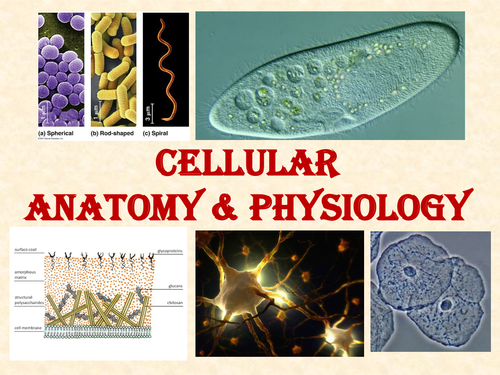





















This is MEGA bundle featuring ALL my cell products, prokaryotes and eukaryotes.
I will be adding more products in the future and adjust the price accordingly, this bundle saves you 30% off of buying each file separately.
This MEGA Bundle contains:
Cell Membrane Power point
Cell Process and Homeostasis Power Point
Cell Processes worksheets with answers
Prokaryote Power Point with worksheets and answers
Eukaryote Power Point with worksheets and answers
Cell Cycle and Reproduction Power Point
Prokaryote and Eukaryote Crossword puzzle with answer key
Cell Writing task cards
Cell Processes writing task cards
Bacteria Wanted Poster template with disease list
Cell Memory Game Color
Cell Memory Game Black and White
Eukaryote Four kingdom Fold out foldable graphic organizer with answers.
THIS BUNDLE IS WILL KEEP YOU BUSY FOR AT LEAST A FEW WEEKS!!!
FOLLOW ME FOR UPDATES!!
Biology TEKs:
(4) Science concepts. The student knows that cells are the basic structures of all living things with specialized parts that perform specific functions and that viruses are different from cells. The student is expected to:
(A) compare and contrast prokaryotic and eukaryotic cells;
(B) investigate and explain cellular processes, including homeostasis, energy conversions, transport of molecules, and synthesis of new molecules; and
(C) compare the structures of viruses to cells, describe viral reproduction, and describe the role of viruses in causing diseases such as human immunodeficiency virus (HIV) and influenza.
(5) Science concepts. The student knows how an organism grows and the importance of cell differentiation. The student is expected to:
(A) describe the stages of the cell cycle, including deoxyribonucleic acid (DNA) replication and mitosis, and the importance of the cell cycle to the growth of organisms;
(B) examine specialized cells, including roots, stems, and leaves of plants; and animal cells such as blood, muscle, and epithelium;
(C) describe the roles of DNA, ribonucleic acid (RNA), and environmental factors in cell differentiation; and
(D) recognize that disruptions of the cell cycle lead to diseases such as cancer.
Next Generation Science Standards:
I will be adding more products in the future and adjust the price accordingly, this bundle saves you 30% off of buying each file separately.
This MEGA Bundle contains:
Cell Membrane Power point
Cell Process and Homeostasis Power Point
Cell Processes worksheets with answers
Prokaryote Power Point with worksheets and answers
Eukaryote Power Point with worksheets and answers
Cell Cycle and Reproduction Power Point
Prokaryote and Eukaryote Crossword puzzle with answer key
Cell Writing task cards
Cell Processes writing task cards
Bacteria Wanted Poster template with disease list
Cell Memory Game Color
Cell Memory Game Black and White
Eukaryote Four kingdom Fold out foldable graphic organizer with answers.
THIS BUNDLE IS WILL KEEP YOU BUSY FOR AT LEAST A FEW WEEKS!!!
FOLLOW ME FOR UPDATES!!
Biology TEKs:
(4) Science concepts. The student knows that cells are the basic structures of all living things with specialized parts that perform specific functions and that viruses are different from cells. The student is expected to:
(A) compare and contrast prokaryotic and eukaryotic cells;
(B) investigate and explain cellular processes, including homeostasis, energy conversions, transport of molecules, and synthesis of new molecules; and
(C) compare the structures of viruses to cells, describe viral reproduction, and describe the role of viruses in causing diseases such as human immunodeficiency virus (HIV) and influenza.
(5) Science concepts. The student knows how an organism grows and the importance of cell differentiation. The student is expected to:
(A) describe the stages of the cell cycle, including deoxyribonucleic acid (DNA) replication and mitosis, and the importance of the cell cycle to the growth of organisms;
(B) examine specialized cells, including roots, stems, and leaves of plants; and animal cells such as blood, muscle, and epithelium;
(C) describe the roles of DNA, ribonucleic acid (RNA), and environmental factors in cell differentiation; and
(D) recognize that disruptions of the cell cycle lead to diseases such as cancer.
Next Generation Science Standards:
Something went wrong, please try again later.
This resource hasn't been reviewed yet
To ensure quality for our reviews, only customers who have purchased this resource can review it
Report this resourceto let us know if it violates our terms and conditions.
Our customer service team will review your report and will be in touch.
£31.00
